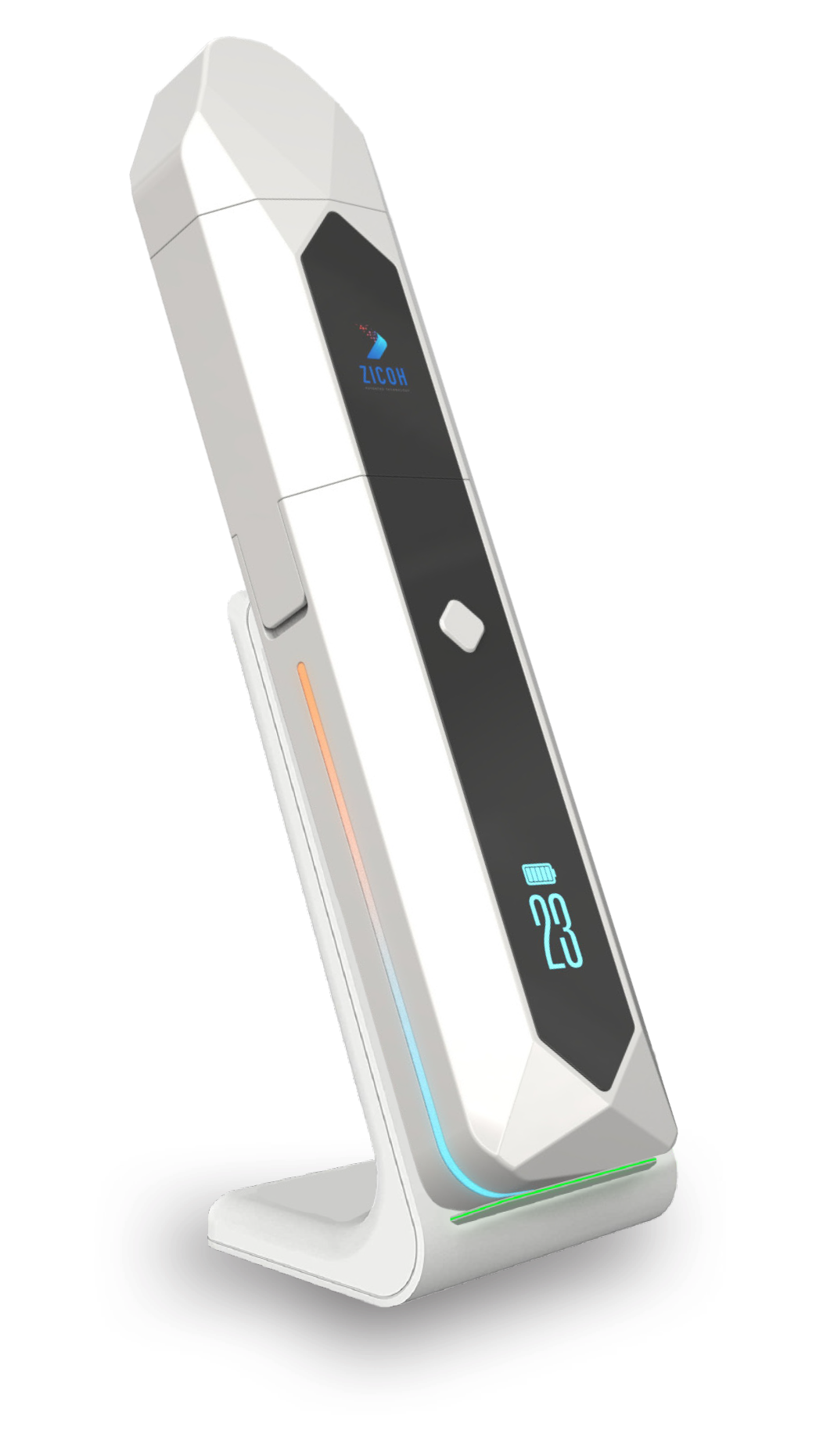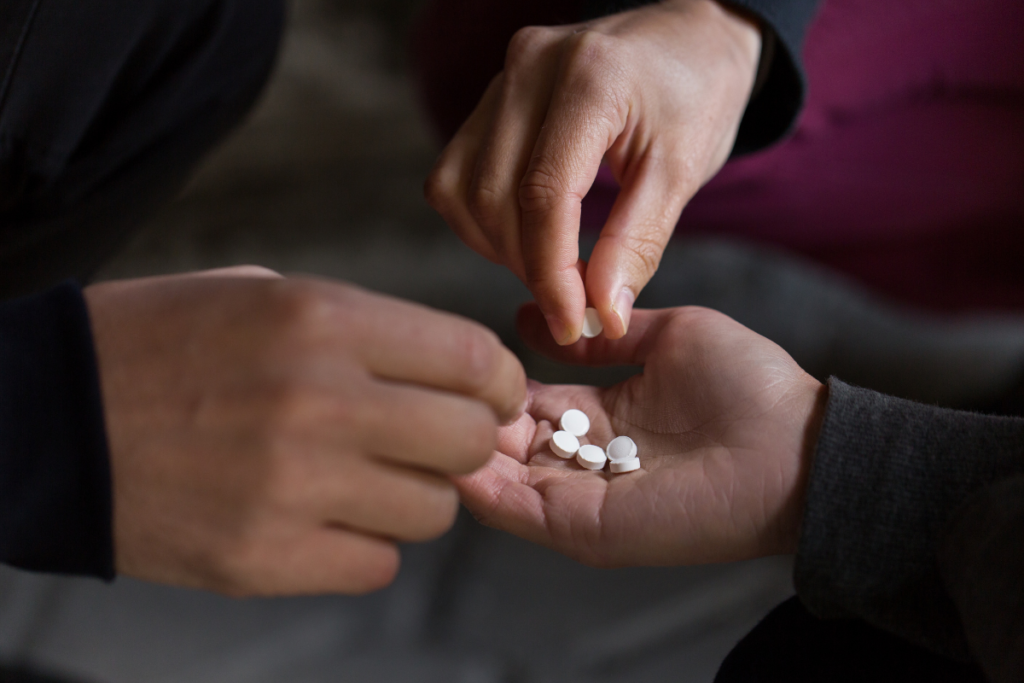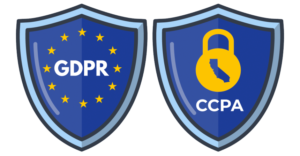Opioids are medications prescribed by doctors to treat pain. They are called opioids because they attach to the opioid receptors in the brain and throughout other parts of the body to block pain messages. While these drugs can effectively alleviate pain, they can be highly addictive, especially among teens whose brains aren’t fully developed yet.
Opioids can be highly addictive, especially among teens whose brains aren't fully developed yet.
The Teenage Brain and Drugs
Your brain is made up of myelin-protected neurons. The myelin acts as an insulator for the incoming messages to your brain. As you age, your neurons become more “insulated,” meaning you can better handle the incoming messages. In teens, myelin isn’t fully developed, resulting in more intense messages. In layman’s terms, teenagers experience sensations more intensely than adults. This logic applies to pleasurable feelings like happiness and negative emotions like sadness.
It also translates to more intense effects from drugs. When a teen takes opioids, the brain’s rewards system activates more than adults, leading to increased drug use.
Substance abuse can also affect teen brain development by:
- Creating memory problems
- Interfering with neurotransmitters and damaging connections within the brain
- Reducing the ability to experience pleasure
Opioid Addiction Among Teens
Dopamine drives people to do survival-related behaviors by increasing pleasure. When a person takes drugs, it floods the dopamine system in the brain, naturally causing the brain to try to repeat the process to trigger more dopamine release. Because opioids cause the brain to release more dopamine than usual, people are no longer satisfied with activities that release average amounts of dopamine. After repeated opioid use among teens and adults, the brain begins to rely on opioid-induced dopamine as a primary source of pleasure and thinks it doesn’t need to produce its own dopamine.
Teen brains are more plastic than adult brains, meaning they can create new neuronal connections and learn behaviors faster. As a result, they are not only more susceptible to developing an addiction to opioids, but they often do so quickly.
Why Teens Initially Try Opioids
In 2020, millions of kids tried drugs for the first time. Between 2016 and 2020, drug use among 8th graders increased 61 percent. These numbers are a significant concern because early drug use is associated with substance abuse later in life. The most destructive behavior often occurs among older teens and young adults. According to National Center for Health Statistics data, nearly 6,000 youth ages 15 to 24 died of an opioid-related overdose in the US in 2020.
Why do teens try opioids in the first place? Peer pressure, curiosity, and the desire to fit in are common reasons teenagers initially take opioids. Mental health issues, like depression and anxiety, can also trigger initial opioid use among teens.
Additional Concerns With Opioid Use Among Teens
Opioids are classified as depressants because they cause the nervous system to slow down. As a result, energy levels drop, and heart rate and breathing slow. When a person takes a high dose of opioids, it can lead to an overdose. When this happens, your breathing slows to a dangerously low rate or completely stops. In the most extreme cases, an opioid overdose can lead to long-term brain damage or death.
Substance Abuse and Mental Health Services National Helpline
For individuals and families facing mental and/or substance use disorders, the Substance Abuse and Mental Health Services Administration (SAMHSA) National Helpline is a free, confidential, 24/7, 365-days-a-year treatment referral and information service. To reach the helpline, call 1-800-662-HELP (4357).


A Solution to the Opioid Crisis
ZICOH will utilize a secure database integrated with AI to form a unique software architecture and advanced patented technology, making it the first device of its kind to enable effective communication through the drug supply chain, from drug manufacturers to wholesalers, distributors, pharmacists, providers, physicians, caregivers, and patients. The device can be programmed to dispense the medication dosage amount, type, and frequency to patients according to the health care provider’s orders and delivery schedule. Each of its features helps ensure patient compliance and patient follow-up, consequentially reducing the risk of addiction and overdose.


